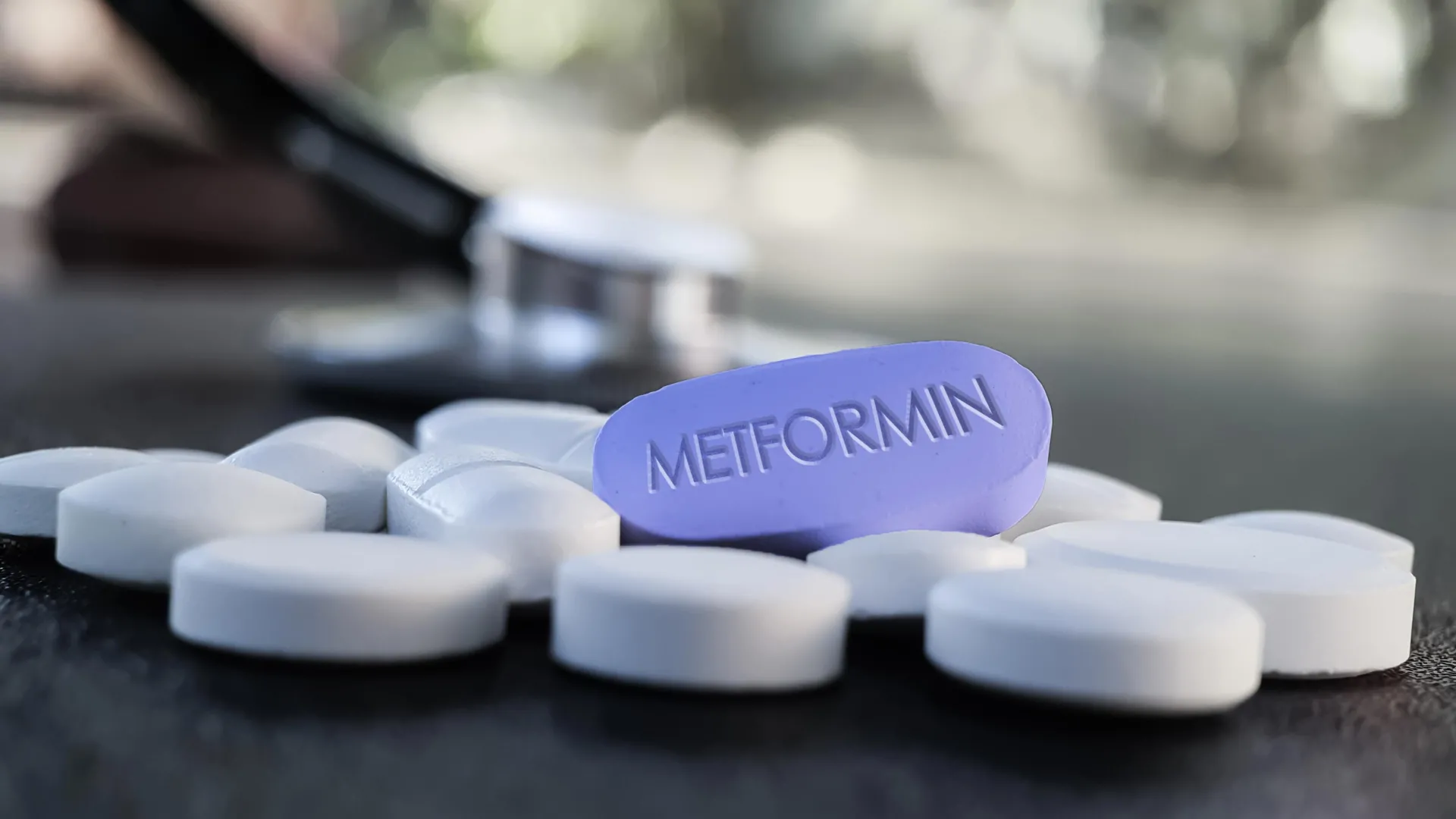Doctors found a way to stop a deadly metformin reaction
- Date:
- November 9, 2025
- Source:
- American Society of Nephrology
- Summary:
- A hospital in Thailand created a quick-action dialysis protocol for patients with metformin-associated lactic acidosis, a dangerous reaction to a common diabetes drug. The program sharply reduced deaths and sped up treatment times. Awareness also soared, showing how organized emergency pathways can transform patient outcomes.
- Share:

Metformin-associated lactic acidosis (MALA) is an uncommon but potentially life-threatening complication linked to the diabetes medication metformin. The condition occurs when excessive lactic acid builds up in the body, leading to dangerous changes in blood chemistry. Researchers developed and evaluated a clinical protocol aimed at improving how MALA is recognized and treated. Their findings were presented at ASN Kidney Week 2025.
The protocol emphasized the immediate start of dialysis as soon as MALA was identified, using one of three methods: intermittent hemodialysis, continuous kidney replacement therapy, or peritoneal dialysis. The program was introduced at Maharat Nakhonratchasima Hospital (MNRH) in Thailand, while Burirum Hospital (BH) served as a comparison site and continued standard care without the new approach.
Over a five-year study period, the researchers analyzed 347 total cases (70 at MNRH before the protocol, 129 after the protocol, and 148 at BH).
Major Reductions in Deaths and Faster Treatment
Results showed striking improvements at Maharat Nakhonratchasima Hospital. The 30-day death rate fell from 25.7% before the new system to 13.9% afterward. At Burirum Hospital, which did not adopt the protocol, mortality rates remained unchanged (27.2% and 30%).
The ongoing data at MNRH showed a steady decline in deaths, dropping by 2.08% per quarter throughout the intervention period. Average "door-to-dialysis" time -- the time between a patient's hospital admission and the start of dialysis -- was shortened from 870 minutes to 690 minutes. Awareness of MALA among medical staff also rose dramatically, from 38.5% to 89.9% after implementation.
Faster Response, Greater Awareness, and Better Outcomes
"A standardized MALA protocol covering diagnosis, access, and treatment shortened door-to-dialysis time, increased awareness, and reduced care variation," said corresponding author Watanyu Parapiboon, MD, of Maharat Nakhon Ratchasima Hospital in Thailand. "Fast-track dialysis pathways should be adopted for time-sensitive conditions like MALA. Availability of all dialysis modalities ensures flexibility and enables timely treatment initiation."
Study: "Reducing Mortality in Metformin-Associated Lactic Acidosis (MALA) Through a Fast-Track Clinical Pathway: A Controlled Interrupted Time Series Quality Improvement Study."
Metformin Overview
Metformin is one of the most commonly prescribed medications for managing type 2 diabetes. It works by improving the body's sensitivity to insulin, reducing the amount of glucose produced by the liver, and enhancing glucose uptake by muscle cells. The drug is well established for its effectiveness, affordability, and relatively low risk of causing low blood sugar. Beyond diabetes control, research has explored metformin's potential benefits in weight management, heart health, and even aging, although its primary role remains in helping people with type 2 diabetes maintain stable blood sugar levels.
Metformin-Associated Lactic Acidosis Overview
Metformin-associated lactic acidosis (MALA) is a rare but serious medical emergency in which lactic acid accumulates in the bloodstream due to the body's impaired ability to clear it while taking metformin. This condition can lead to dangerously low blood pH, muscle weakness, rapid breathing, confusion, and in severe cases, organ failure or death. MALA typically occurs in patients with underlying kidney problems, liver disease, or conditions that limit oxygen delivery to tissues. While extremely uncommon, it requires urgent diagnosis and immediate treatment -- often including dialysis -- to remove excess acid and prevent life-threatening complications.
Story Source:
Materials provided by American Society of Nephrology. Note: Content may be edited for style and length.
Cite This Page: